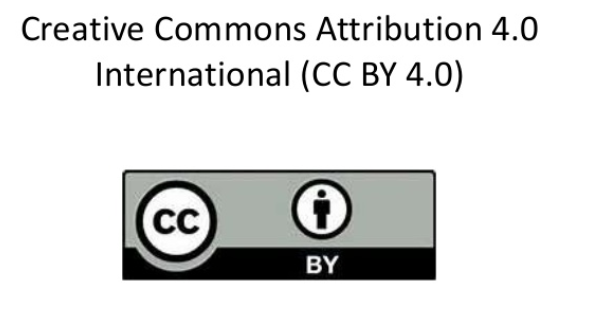Sri Budiyanti*, Hidrayani, Hasmiandy Hamid
Agriculture Quarantine Office, Class 1, Padang 25217, Indonesia
Abstract
Vegetables in Padang are generally attacked by fruit flies. A study has been done to investigate the fruit flies’ species diversity and measure the damage they have caused on these vegetables. Four kinds of vegetables viz. bitter gourd, cucumber, angled loofah, and chili pepper were sampled in the subdistricts of Pauh, Kuranji, Lubuk Kilangan, and Koto Tangah using purposive sampling. There were three species of fruit flies found in four vegetables in Padang, viz. B. cucurbitae, B. dorsalis and Bactrocera species. The highest percentage of plants infested was on angled loofah (20.34%). The highest diversity of fruit flies based on commodity was found on bitter gourd (0.010). Based on location, the highest species diversity was found in subdistrict of Lubuk Kilangan (0.240). The diversity and attack level of fruit flies in Padang City are relatively low, but the control of these pests is required to avoid the spread of them widely in West Sumatera.
Keywords: Diversity, fruit flies, Bactrocera cucurbitae, B. dorsalis, vegetables



